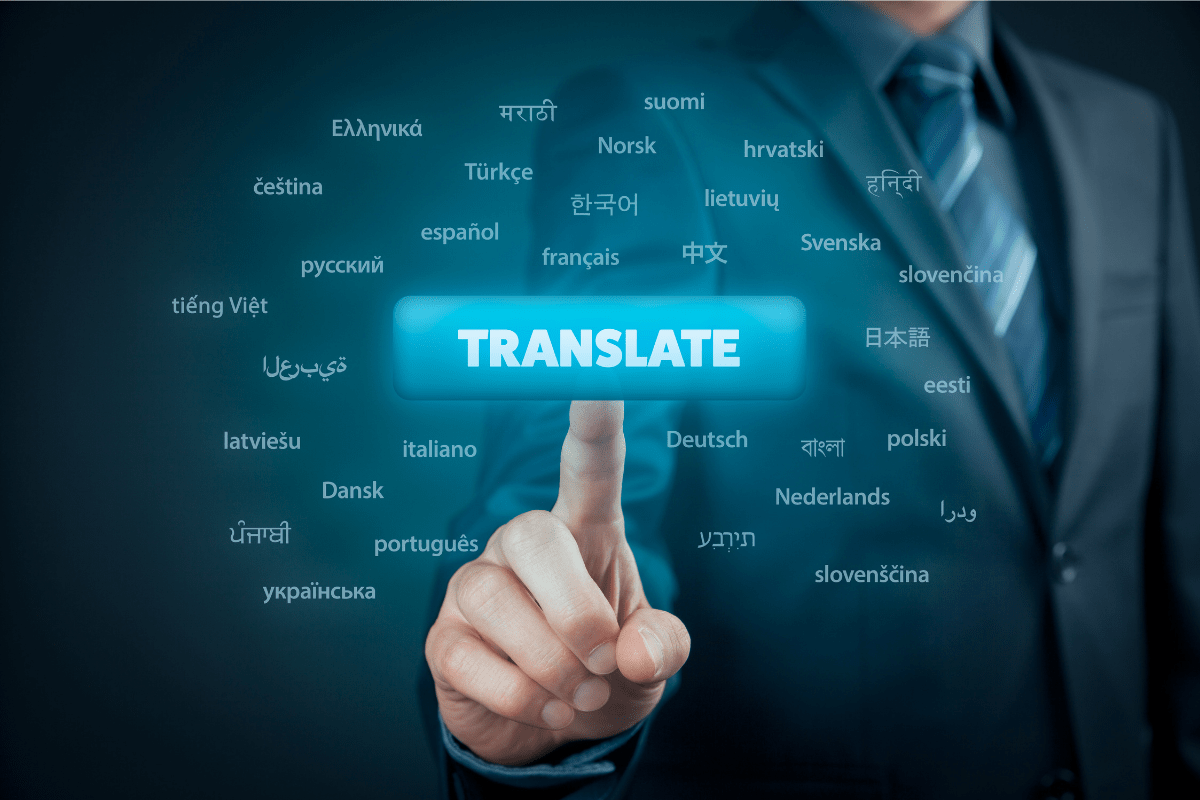
Language Learning with AI
David had always dreamed of traveling to Paris. But every time he thought about it, one fear held him back: the language barrier. He downloaded a few language apps and bought a phrasebook, but progress was slow and frustrating. After months of memorizing vocabulary lists, he could order a croissant but not hold a real conversation.
One day, a friend introduced him to an AI-powered language learning app that could talk back, correct his pronunciation instantly, and even adapt lessons to his learning speed. Suddenly, French felt less intimidating. Instead of feeling stuck, David was chatting daily with an AI that felt almost like a patient tutor. Within weeks, he gained the confidence to join a real language exchange group online.
David’s journey shows how AI has turned what was once a lonely and mechanical process into something interactive, personal, and fun.
Why AI Matters in Language Learning
Traditional language courses often follow a one-size-fits-all model. Students memorize long word lists or repeat scripted dialogues that may not apply to their daily lives. But AI changes the game by making learning personalized and adaptive.
AI-powered apps can:
- Detect your strengths and weaknesses
- Adjust lessons in real time
- Provide instant feedback on pronunciation
- Simulate real conversations
Instead of forcing yourself into a rigid system, AI bends to your needs and style of learning.
Fun Fact: Some AI tools like Duolingo Max or LingQ use large language models that actually improve the more you interact with them. The system remembers your past mistakes and avoids repeating material you already know.
Types of AI-Powered Language Learning Tools
1. AI Conversation Partners
Chatbots like ChatGPT, TalkPal AI, or Mondly’s chatbot allow learners to practice conversations at any time. Unlike human tutors, they are always available and never lose patience.
Tip: Set aside 10 minutes each day to chat with an AI in your target language. It builds confidence in casual conversation without fear of embarrassment.
2. AI Pronunciation Coaches
Apps like Elsa Speak use voice recognition to identify mispronounced sounds and provide real-time corrections. They break down tricky words into syllables and show you how to move your mouth.
Expert View: According to Dr. Tracey Derwing, a linguist at the University of Alberta, “Accurate pronunciation feedback is one of the hardest things to access in traditional classes. AI tools fill this gap by offering immediate, repeatable coaching.”
3. AI Adaptive Learning Platforms
Programs like Busuu AI and Lingvist analyze your mistakes and personalize lessons. If you keep confusing verb tenses, the AI will reinforce those patterns until you master them.
Tip: Lean on adaptive apps when preparing for standardized language exams, since they target your weak points quickly.
4. AI Translation and Context Tools
While Google Translate has been around for years, newer AI tools like DeepL provide context-sensitive translations that sound more natural. Pairing them with AI tutors can help you learn not just the words but the cultural meaning behind them.
5. AI for Listening and Comprehension
Apps like LingQ or Speechling use AI to recommend podcasts, songs, and videos at your level. They transcribe speech, highlight unfamiliar words, and allow learners to practice shadowing (repeating after the speaker).
Fun Fact: Some pronunciation tools can detect whether you are speaking English with a Spanish, Chinese, or Nigerian accent and provide specific guidance on how to shift sounds for better clarity.
Expert Views
- Benedict Evans, tech analyst: “AI tutors are scaling access to personalized language education that was once only available to those who could afford private teachers.”
- Gabriela Cancellier, language educator: “AI can make learning less intimidating. Learners feel comfortable making mistakes with a bot before practicing with real people.”
- Stephen Krashen, linguist: “Comprehensible input remains central to language learning. AI tools are powerful because they can provide this input at just the right level for each learner.”
Tips for Effective AI-Powered Language Learning
- Use AI Daily
Short daily practice sessions are more effective than occasional long study marathons. AI apps thrive on consistency. - Mix AI with Real Human Interaction
AI helps build a foundation, but human conversation brings cultural nuance. Try joining online groups or meetups after practicing with AI. - Set Clear Goals
Instead of vaguely “learning Spanish,” set goals like “having a 5-minute chat with an AI on travel plans.” - Track Your Progress
Many apps offer dashboards showing words learned or hours practiced. This keeps motivation high. - Use Multiple Tools
No single app covers everything. Pair an AI pronunciation coach with an adaptive learning platform for a rounded approach.
How AI Boosts Motivation
One of the biggest obstacles to language learning is boredom. Repeating the same drills can feel discouraging. AI combats this by gamifying lessons and adjusting difficulty so learners always feel challenged but not overwhelmed.
Fun Fact: Duolingo reported that learners who interact with AI chatbots are 60 percent more likely to stick with their lessons long term.
Overcoming Concerns About AI
Concern 1: Will AI Replace Human Teachers?
Experts say no. AI acts as a supplement, not a replacement. Teachers provide cultural context, motivation, and nuanced feedback that machines cannot fully replicate.
Concern 2: Is AI Always Accurate?
While tools like DeepL and ELSA are highly advanced, no AI is perfect. Always double-check important translations with reliable sources or native speakers.
Concern 3: What About Privacy?
Since AI apps process speech and text, choose platforms with transparent privacy policies and strong data protection.
Fun Facts
- There are more than 7,000 languages spoken in the world today, but the majority of learners focus on fewer than 20 global languages.
- AI language apps can analyze speech with up to 95 percent accuracy, often outperforming human teachers in identifying subtle errors.
- By 2030, the global AI in education market is expected to reach $25 billion, with language learning being one of its fastest-growing segments.
Real Life Success Stories
- Sarah from New York learned conversational Japanese using AI-powered tutors before moving abroad. She credits her confidence to practicing with AI first.
- Ahmed from Cairo used AI pronunciation tools to prepare for his IELTS exam and significantly improved his speaking score.
- Lina from Berlin learned Spanish by combining AI listening tools with local language meetups. She says AI gave her the courage to speak with strangers.
How AI Shapes the Future of Language Learning
AI does more than teach vocabulary. It simulates real-world interactions like ordering food, job interviews, or casual small talk. The future could bring immersive AI-powered virtual reality classrooms where learners practice with lifelike avatars.
Expert Insight: According to the World Economic Forum, language skills combined with AI literacy will be a key advantage in global careers, allowing professionals to collaborate across borders with greater ease.
Conclusion
Language learning has always been a rewarding but challenging journey. With the arrival of AI-powered tools, the path has become less intimidating and far more engaging. Whether you are practicing pronunciation with a digital coach, chatting with an AI partner, or using adaptive platforms to strengthen weak points, these tools give learners freedom and flexibility that traditional methods often lack.
The beauty of AI in language learning lies in its personalization. It learns your habits, understands your struggles, and grows alongside you. But the real power still lies in combining technology with human curiosity and cultural exchange.
If you are just beginning your journey, start small. Download a tool, practice for five minutes daily, and let AI help you gain momentum. With time, you will not only speak a new language but also gain the confidence to use it in real-life situations. In a world growing more interconnected every day, that is an invaluable skill.
References
- Duolingo Research Team. (2023).
- Derwing, T., & Munro, M. (2015).
- PwC. (2023).
- Krashen, S. (1985).
- World Economic Forum. (2022).












